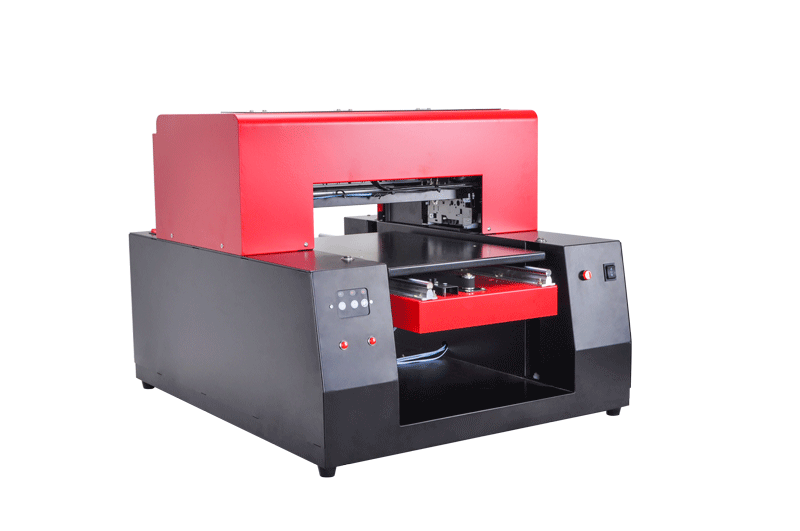Case method
Case method (also called case-based reasoning) is a newly emerging knowledge-based problem solving and learning method in the field of artificial intelligence. It presents people with strong vitality with unique reasoning style and successful application. This method is very similar to human daily reasoning activities. It comes from people's cognitive mental activities. It is different from traditional knowledge-based systems. The knowledge it relies on is mainly related to the problems that were previously solved in the related fields preserved in the maintenance system. Records, such as: cases in hospitals, maintenance records for metallurgical equipment, etc.
When a new failure occurs, we can describe it as a new case that does not know the cause and solution and provide it to the system. The system will search the case base to search for historical cases that are similar to the current problem to match it. In many cases, The next system will provide several similarity schemes. In practical applications, case-based reasoning can be divided into four steps.
1. Search: Search for the case that most closely resembles the new question from the casebase.
2. Application: Apply the method provided by the system to new problems. If the case is sufficiently similar to the new problem, the new problem is expected to be resolved.
3. Fix: When the method provided by the system cannot solve the problem, it must be corrected.
4. Save: Add the revised case to the casebase.
In short, the case law describes problems that have been dealt with in the past as cases that are composed of problem descriptions and solutions, and are stored in the case base. When new issues arrive, similar old cases are retrieved from the case base. If the new problem is exactly the same as the old case, the solution to the old case can be used to solve the new problem. Otherwise, the old case needs to be modified to get a solution to the new problem. The solution to the general new case needs to be saved in the case base, enrich the case base, and automatically update the case base. The Way to Realize the Case Law In general, the fault inference of the case method is an important part of realizing equipment fault diagnosis. There are two ways to realize it: semi-automatic realization and intelligent implementation.
Specifically, semi-automation is mainly achieved through the use of computer and database technology, manual enrichment of records, and intuitive display of past experience for future reference. Intelligent implementation is mainly based on sensing technology, automatic collection of fault signals on site, through the database and the corresponding system, directly shows the cause of the failure and the possible causes. The only difference between the semi-automatic implementation and the intelligent implementation is whether the data entry is manual or automatic. In fact, the semi-automated method of implementation is the initial stage of the case law and it is also the most commonly used method at present. This paper mainly discusses the case method. The establishment of the case law and the establishment and operation of the application case system, the key lies in the completion of the case base and the accuracy of the data. Therefore, to establish and apply the case system, the case base must be constructed first. The initial case is based on the experience of past maintenance work. According to the description of past fault handling by maintenance personnel, the fault case is established according to the case representation, and the characteristic index value of each fault case is used to describe the value. The relational database technology is used to build the case base.
We categorize and classify past experience, systematically summarize and organize, and finally present our experience in the form of cases and store them in the case base. Most of the cases can be stored in the development, and as the experience continues to accumulate, the case Constant additions, continuous improvement of the case base, and many cases need to be revised to continuously improve the case base.
UV Flatbed Printer a3 is suitable for printing various plastic materials.(such as ABS,PC,PE,PP,PU,PVC,etc),acrylic,metal sheet,wooden board,Plexiglass,crystal,copper paper,tile,billboard,leather.
More detail:
1. The height-detecting sensor adopts precise optical fiber technology, easy operation & simple production.
2. Directly print on phone cases, powerbanl,ball pens, golf balls, key chains, acrylic,crystal, glass, wood
board, aluminium, metal nameplate, leather, Plastic of PVC, PP, PE, PU and so on.
3. Size breakthrough, mini size flatbed printer with uncoating ink, low operation cost, best choice to start a
new business or customized print jobs.

|
Name |
UV flatbed printer |
|
Print head |
DX5 |
|
Printer size |
33*43cm(33*60cm) |
|
Printing speed |
A4 photo/111s |
|
Printng resolution |
5760*1440dpi |
|
Nozzles |
90*6=540 |
|
Interface |
USB2.0 |
|
Net weight/Gross weight |
55Kg/60Kg |
|
Printer size |
750*630*510mm |
|
Height adjustment |
Automatic |
|
Working power |
110V/220V 50/60Hz 30-75W |
|
Operation system |
Windows 7/XP/2000/Vista etc |
|
Temperature |
5-35o |
UV Flatbed Printer
UV Flatbed Printer,A3 UV Flatbed Printer,Desktop UV Flatbed Printer,Long Run UV Flatbed Printer,A2 UV Flatbed Printer,A4 UV Flatbed Printer
Shenzhen Refinecolor Technology Co., LTD. , https://www.rfcprinter.com